About the Millburn, New Jersey Area
HistoryMillburn began as a colonial settlement with agricultural origins, followed by a 19th century mill/factory economy and eventually became a Victorian and later residential community. There are many examples of this rich history still present in the township, from the Hessian House, the Cora Hartshorn Arboretum, the Paper Mill Playhouse, and the many beautiful homes from all phases of our history, to our two historic districts, Short Hills Park and Wyoming. Millburn Township was once part of Elizabethtown and Newark settlements in New Jersey, created by a grant from Charles II to his brother James in 1664. In 1793 Springfield Township was created and it included Millburn. In 1857 Springfield became part of the new Union County and Millburn became a separate township within Essex County. |
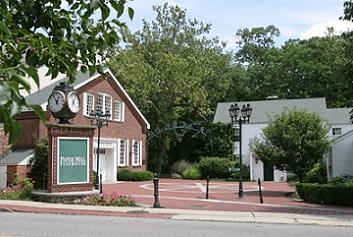 |
| Paper Mill Playhouse |
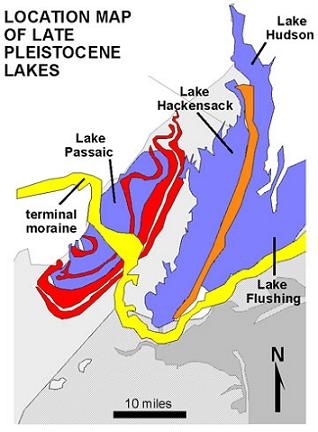 |
|
| Terminal Morraine |
The topography of Millburn has determined its development. The last glacier that covered North America ended here, forming a "terminal morraine." As the glacier melted and retreated, it deposited a layer of sand, silt, clay, and boulders over the hard basalt substructure, creating irregular surfaces. The first inhabitants, the Lenape Indians, beat trails around these small or 'short' hills; streams cascading through them fueled colonial mills and 19th century factories; the railroad was built at the base of their slopes; and developers of suburban homes found knolls and uneven terrain attractive building sites.
With George Washington's army camped at Morristown and the British attacking through the Hobart Gap, Millburn was brought into the Revolutionary War. Washington allegedly viewed his troops from atop a strategic point in the South Mountain Reservation, now known as Washington Rock. The Battle of Springfield, June 23, 1780, marked the last thrust of the British into New Jersey and the first battle since Bunker Hill won by local militia supporting Continental troops. A reminder of the war still exists in the Parsil family cemetery on White Oak Ridge Road, where Nicholas Parsil was buried after being killed in a skirmish with the British.
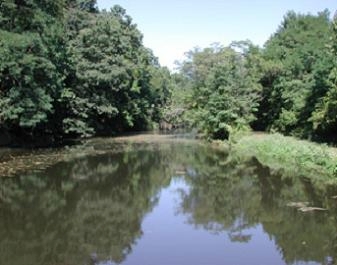 |
|
| Rahway River |
Millburn has had many names, from Rum Brook, Vauxhall, Milltown, and Millville. In 1857 'Millburn' was decided upon, partly because many of the town's residents were from Scotland and the mill burn (Scottish word for 'river' or 'stream') reminded them of home. Later there were disputes over the spelling of Millburn, but the double-L advocates won.
Once again, because of location, Millburn underwent another change: the creation of two residential suburbs within its borders. In 1872 the Wyoming Land and Improvement Company purchased 100 acres of land and the first speculative real estate development was started and named Wyoming. Stewart Hartshorn acquired 1552 acres to build his ideal village called Short Hills, the first planned commuter suburb in America.
In October of 2007 the United States Dept. of Education named Millburn High School a National Blue Ribbon School. The High School was honored for its academic excellence.
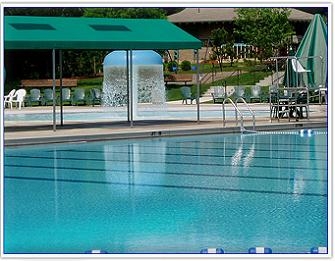 |
|
| Pool |
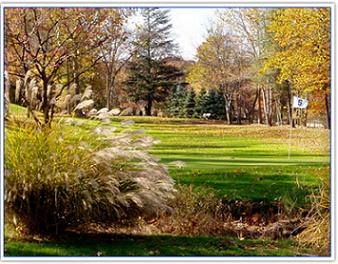 |
|
| Golf Course |
 |
|
| Millburn Fire Department |
Safety is our concern
Millburn Police Department
Millburn Fire Department
Millburn Short Hills Volunteer First Aid Squad
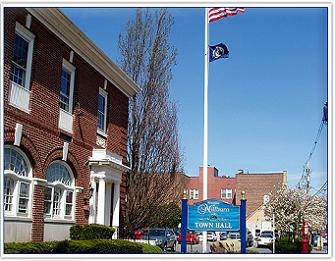 |
|
| Town Hall |
Local Links
Millburn Chamber of Commerce
Millburn Links
Essex County NJ
Lakeland Bus Lines
NJ Transit
=========
Request our Free Short Hills, Livingston and Millburn Relocation Package. It's packed full of useful and important information about the Short Hills, Livingston and Millburn, New Jersey area. Don't move here without it! Remember: we'll send it to you for free and without obligation. Just fill out the form and we will send it right out...




